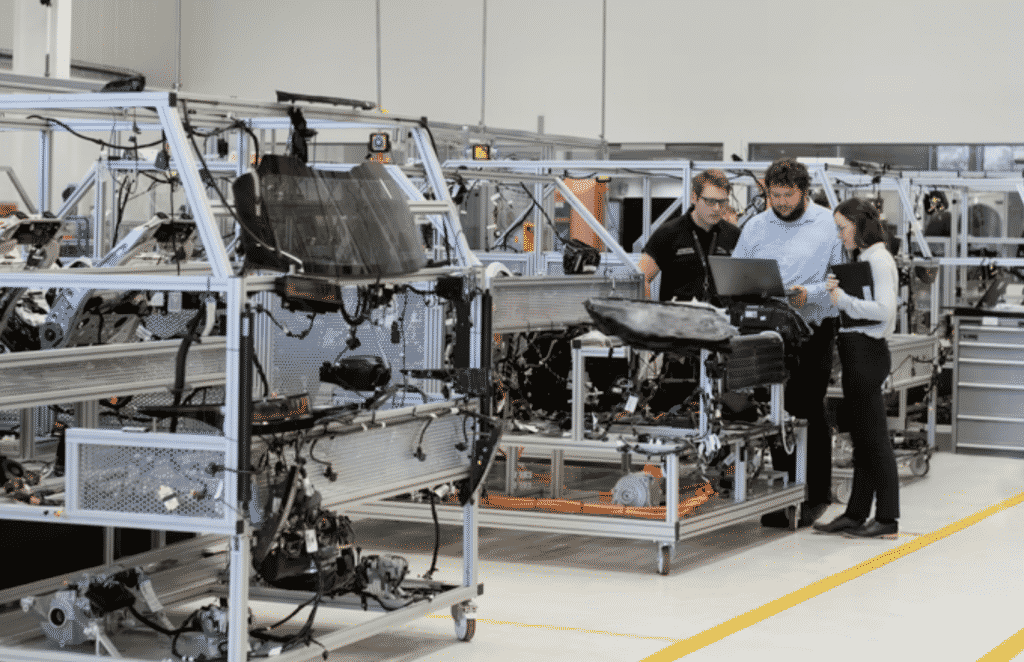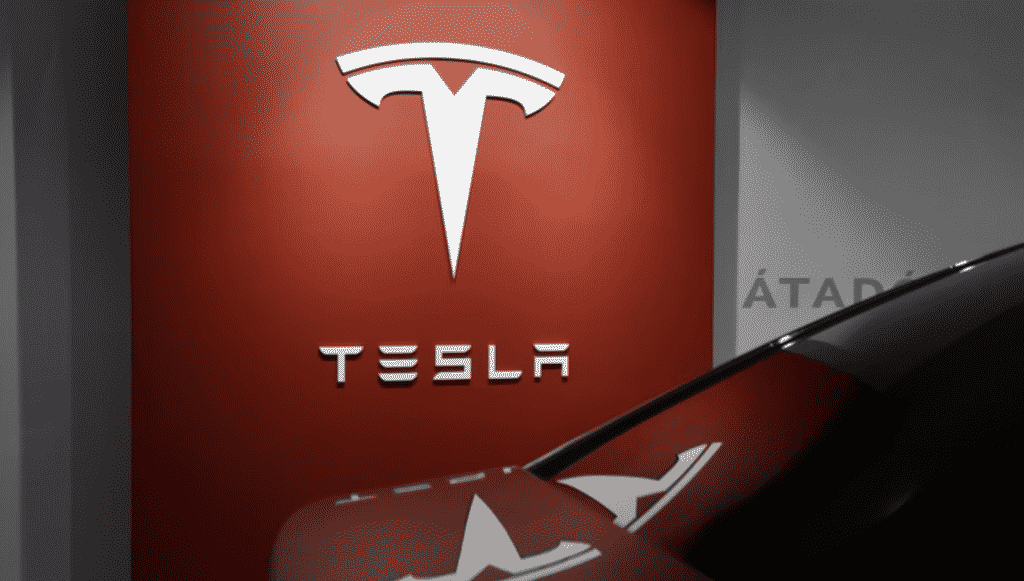Money, medicine, education, work life, and many more aspects that are present in our everyday lives are integrating with technology and changing. Leaving outdated and old models behind. Go figure that our modes of transport are also merging with tech.
In this article, we’ve put together relevant information concerning automotive software. A brief overview of what it means, why it’s relevant in the present times, and lastly, our main topic will be covering the challenges in developing software for vehicles.
For companies who are in this specific industry, maybe you’re looking to outsource your tech needs to experienced and seasoned professionals. You don’t have to look further. Develux is a software engineering company that offers automotive software development services. This includes software development in automotive industry, testing, UX/UI design, data processing, cloud-based solutions, DevOps, AI learning, and Machine Learning.
This topic is quite complex but we’ve tried our best to simplify it as much as possible. For those who are serious about getting into this industry, we recommend that you read this thoroughly. This isn’t a business endeavor that can be done half-heartedly. On that note, let’s go over our article and learn more about this complex topic:
1. Overview: What Is Automotive Software?
Automotive software supports and enhances a user’s experience with any motor vehicle. This technology has been created with the intent of making driving more enjoyable, less stressful, more convenient, and so on. It’s basically automating the driving experience and the vehicle itself. Think Tesla.
Vehicles that have this type of software installed are the gateways to the future of transportation. Cars with automotive software can self-drive, and keep tabs on everything that’s going on with the vehicle. Although much of it is still in its infancy. Human-machine interfaces, driver assistance systems, auto repair software — these are just some of the services automotive software developers can provide.
If all of these terms are confusing you – don’t worry, it’s normal. This industry is still young after all, and we’re just starting to adapt to it. No automotive software development company can confidently say they’ve cracked the code yet.

2. Why Is It Relevant?
This market is expected to rise. What do you expect? With how fast we’re progressing in technology nowadays, even cars are bound to merge with tech. Unfortunately, we’re still a ways from flying alternatives. And apparently, the increase of autonomous vehicles is causing a complete shift in the mobility industry.
This market is projected to reach around $43.5 billion by 2027. It’s a perfect moment to get into this industry.
3. Challenges
Now that we’ve gone over the basics on this topic, it’s time to review the difficulties in developing such sophisticated automotive software development tools.
Implementing adequate security features in the vehicle’s software
Let’s take a car as an example. A car with a computer is a car that can be hacked. This means that hackers could try to target cars through their network connection. This is particularly dangerous since hackers could potentially control a car without having to be in it. Putting the passenger’s life at risk.
With continuously evolving threats, developers need to come up with solid security solutions to counter any such attacks. But it’s not a walk in the park, developers won’t necessarily know if they’ve considered all eventualities.
Software that has features that tackle convenience and security at the same time isn’t easy to create. Software that tackles safety issues is designed to be used in structured environments. What’s more, creating safety components is time-consuming. Safety software is fundamentally rigid as well and doesn’t get too many updates. On the other hand, security features need to constantly evolve to counter increasingly complex hacker attacks. It needs to be regularly updated.
There are also security standards that developers need to consider:
- ISO 26262 Part 6: standardizes development
- Secure Hardware Extension (SHE): a security standard that defines the operation of a module of security.
- EVITA, PRESERVE EVITA: resulting guidelines from European-funded endeavors.
- Cert C: software coding standard from SEI ( a software engineering institute).
Tackling coding demands
It takes about 100 million lines of code (or more) just for a single passenger car in automotive development. Now, imagine how many lines of code need to be written for ambulances, buses, or even two-seat cars? The coding demands are extremely high and complex for this type of software. What’s more is that the amount of coding needed is expected to increase as the technology evolves, putting even more pressure on developers to keep up.
On a similar note, software coding standards have become vital in this industry since automotive software is so complex. For integration standards to be simplified, OSEK and AUTOSAR have standardized software architecture.
However, even with the help of coding standards even a highly specialized and experienced developer will have to deal with ambiguous problems in the development process and will have to make interpretations that will actually work.
Tackling Complex Requirements
Software systems in vehicles have very specific requirements that need to be met. Developers will have to consider many different elements. For example, a car’s software system requirements are as follows (just to name a few):
- On-board diagnosis
- Error logging
- Safety-critical functions
- Heterogeneity of functions
- Comfort functions
- Driver assistance
- Software download functionality
- Energy/fuel management
Developers will need to devote a lot of mental energy, time, and effort to meet these requirements. Still, the resources required may transcend the capabilities of even the big and established automotive software companies.
Rigorous Testing
Software-centric vehicles need to be thoroughly tested before they’re released on the road, way more than a standard and traditional vehicle. Testing for these vehicles includes computer simulations, mathematical models, and real-life test drives. This process becomes more complex because of the technological aspect. It’s not always clear what a machine will do in certain situations.
Final Thoughts
The industry is thriving but there are many present challenges that are quite difficult to overcome. Specialists who work in this industry will need huge amounts of time and effort just to keep up with the industry’s demands, and the ever-changing market. Moreover, the technological advancement in the automotive industry as of now is unprecedented so trial and error is the only basis most specialists can go by.
It’s evident that the challenges faced by industry experts in this certain field are plenty and are complex problems to solve. Developers will have to tackle issues in safety, integration, software systems, security, and more. On the bright side, cybersecurity is a thriving and fast-progressing field. This alleviates the burden a bit.
Automotive expert software developers have to practice meticulous caution and effort to optimize all elements during the process. It goes without saying that having the right partner to collaborate in any business effort in the automotive sphere is a top priority. That’s why we recommend Develux, a company with seasoned specialists providing services for all kinds of industries including this one.
